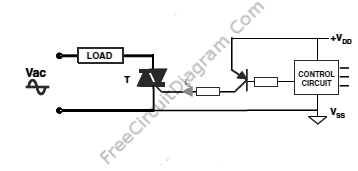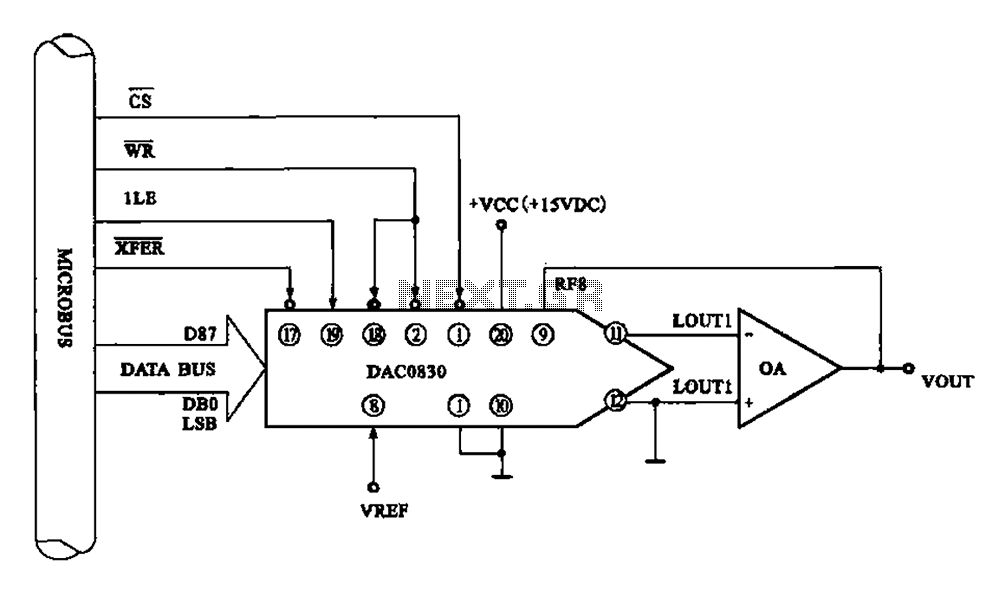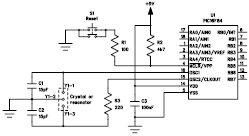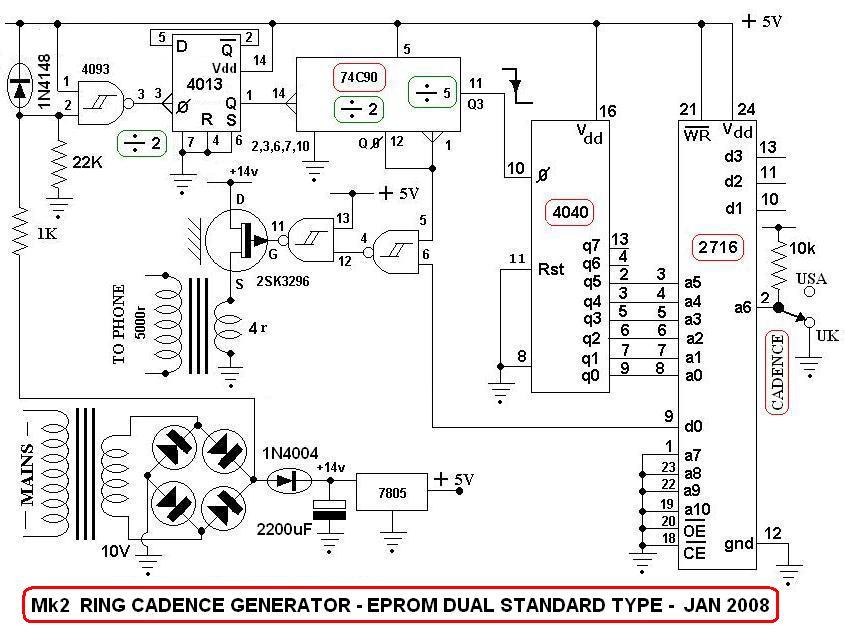
SCR And Triac Triggering Circuit With A Positive Power Supply

The output current of the control circuit must be amplified when the gate current needed to trigger the device exceeds the output current of the control circuit.
To achieve the amplification of the control circuit output current, a suitable transistor configuration can be employed. A common approach is to use a bipolar junction transistor (BJT) or a field-effect transistor (FET) in a common-emitter or common-source configuration, respectively. The choice between a BJT and a FET will depend on the specific requirements of the application, such as switching speed, input impedance, and load conditions.
In a typical setup, the control circuit would provide a low-level output current that is insufficient to drive the gate of a power device, such as a thyristor or an IGBT (Insulated Gate Bipolar Transistor). The output from the control circuit is fed into the base (for BJT) or gate (for FET) of the amplification transistor. The transistor amplifies this current, allowing it to drive the gate of the power device effectively.
The design should include appropriate biasing resistors to ensure that the transistor operates in the desired region of its output characteristics. Additionally, a feedback mechanism can be incorporated to stabilize the gain and improve linearity, if necessary. The load connected to the output of the amplification stage must be considered to ensure that the transistor can handle the required output current without overheating or entering saturation.
Protection components, such as diodes or fuses, may also be included in the circuit to safeguard against overcurrent conditions or reverse polarity situations. Proper heat sinking should be considered for the transistor if the output current is significant, to maintain reliability and prevent thermal failure.
Overall, the design of the amplification stage must ensure that the control circuit can effectively trigger the device while maintaining stability and reliability under varying load conditions. Proper simulation and testing should be conducted to verify the performance of the circuit before final implementation.The control-circuit output current has to be amplified when the gate current required to trigger the device is higher than the control-circuit output current. 🔗 External reference
To achieve the amplification of the control circuit output current, a suitable transistor configuration can be employed. A common approach is to use a bipolar junction transistor (BJT) or a field-effect transistor (FET) in a common-emitter or common-source configuration, respectively. The choice between a BJT and a FET will depend on the specific requirements of the application, such as switching speed, input impedance, and load conditions.
In a typical setup, the control circuit would provide a low-level output current that is insufficient to drive the gate of a power device, such as a thyristor or an IGBT (Insulated Gate Bipolar Transistor). The output from the control circuit is fed into the base (for BJT) or gate (for FET) of the amplification transistor. The transistor amplifies this current, allowing it to drive the gate of the power device effectively.
The design should include appropriate biasing resistors to ensure that the transistor operates in the desired region of its output characteristics. Additionally, a feedback mechanism can be incorporated to stabilize the gain and improve linearity, if necessary. The load connected to the output of the amplification stage must be considered to ensure that the transistor can handle the required output current without overheating or entering saturation.
Protection components, such as diodes or fuses, may also be included in the circuit to safeguard against overcurrent conditions or reverse polarity situations. Proper heat sinking should be considered for the transistor if the output current is significant, to maintain reliability and prevent thermal failure.
Overall, the design of the amplification stage must ensure that the control circuit can effectively trigger the device while maintaining stability and reliability under varying load conditions. Proper simulation and testing should be conducted to verify the performance of the circuit before final implementation.The control-circuit output current has to be amplified when the gate current required to trigger the device is higher than the control-circuit output current. 🔗 External reference





